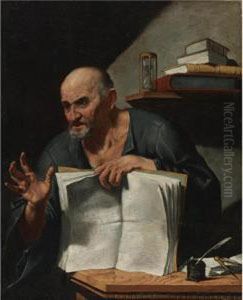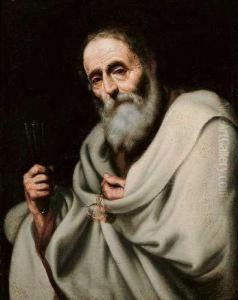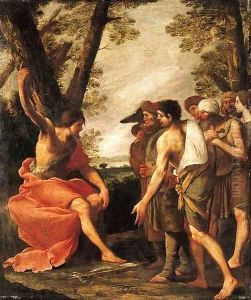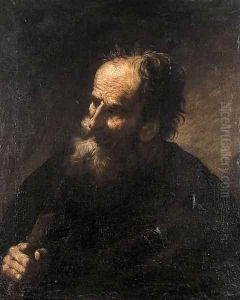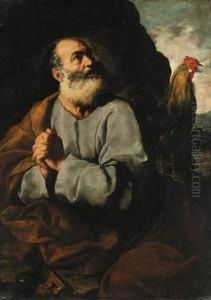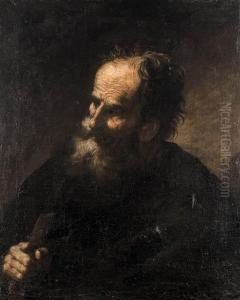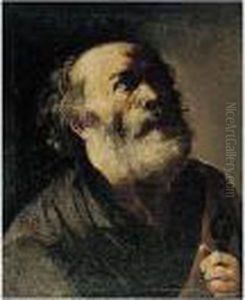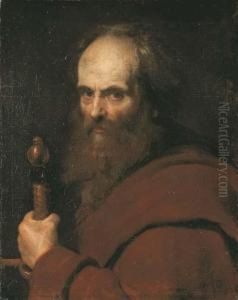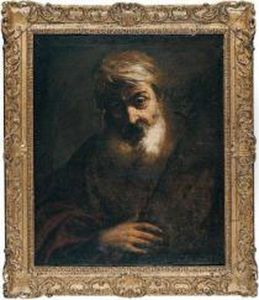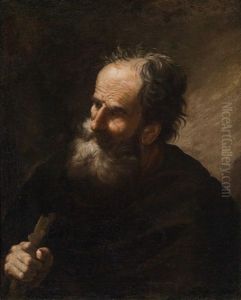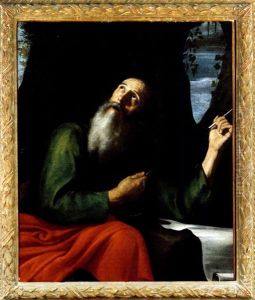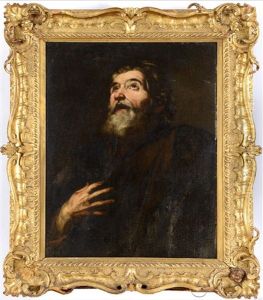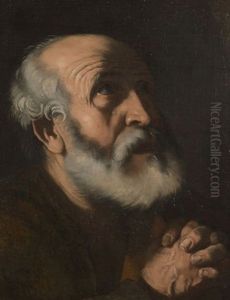Francesco Fracanzano Paintings
Francesco Fracanzano was an Italian Baroque painter who was born in 1612 in the town of Bisaccia, in the province of Avellino, Campania. He was known for his dynamic and expressive painting style, which was heavily influenced by the works of his contemporary and fellow artist, Jusepe de Ribera, also known as Lo Spagnoletto.
Fracanzano began his artistic training in Naples, which at the time was a bustling center of artistic activity and a melting pot of Caravaggesque style, characterized by dramatic use of light and shadow, and a realistic approach to subjects. He was the brother-in-law of Salvator Rosa, another prominent painter of the period, and often collaborated with him.
Throughout his career, Fracanzano developed a reputation for his intense and emotionally charged works, often depicting scenes of martyrdom and torture, which were popular themes in Baroque art. His paintings also featured religious subjects, portraits, and genre scenes. Despite the fact that he was a prolific artist, many of his works were either lost or attributed to other artists over the centuries, making his oeuvre difficult to fully assess.
Fracanzano's work was characterized by a strong chiaroscuro effect, with a particular emphasis on the stark contrast between light and dark. This technique added a dramatic and theatrical quality to his paintings, which was very much in line with the Baroque sensibilities of the time.
Fracanzano's career was relatively short, as he died at the young age of 44 in Naples in 1656. Nevertheless, his contribution to the Baroque movement in Italian art has been recognized by art historians, and his works are held in various museums and collections across Italy and beyond. Today, he is considered one of the significant but lesser-known figures of the Neapolitan Baroque movement.




